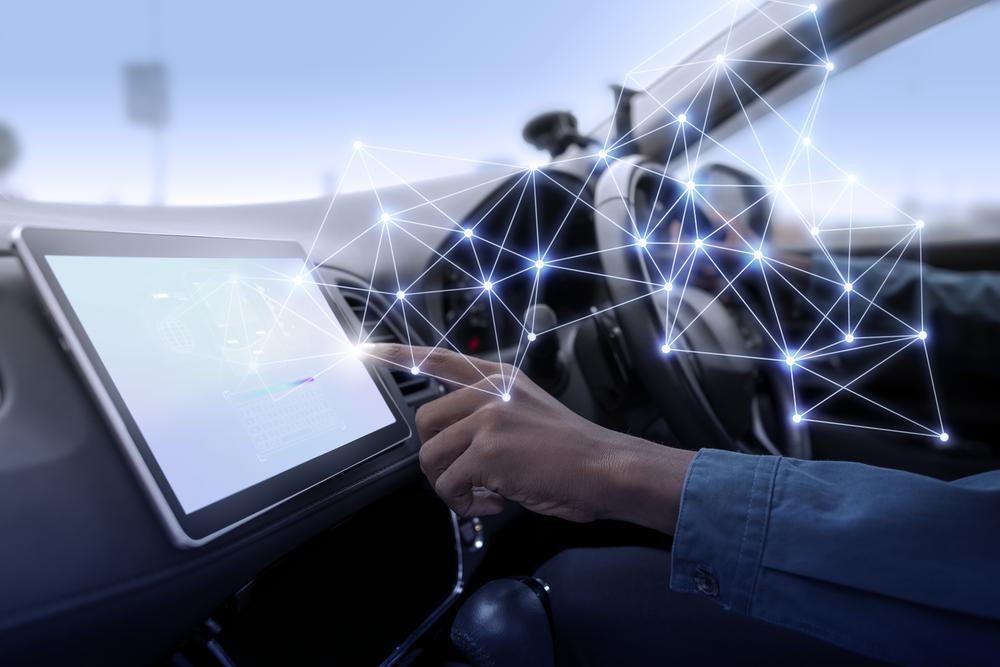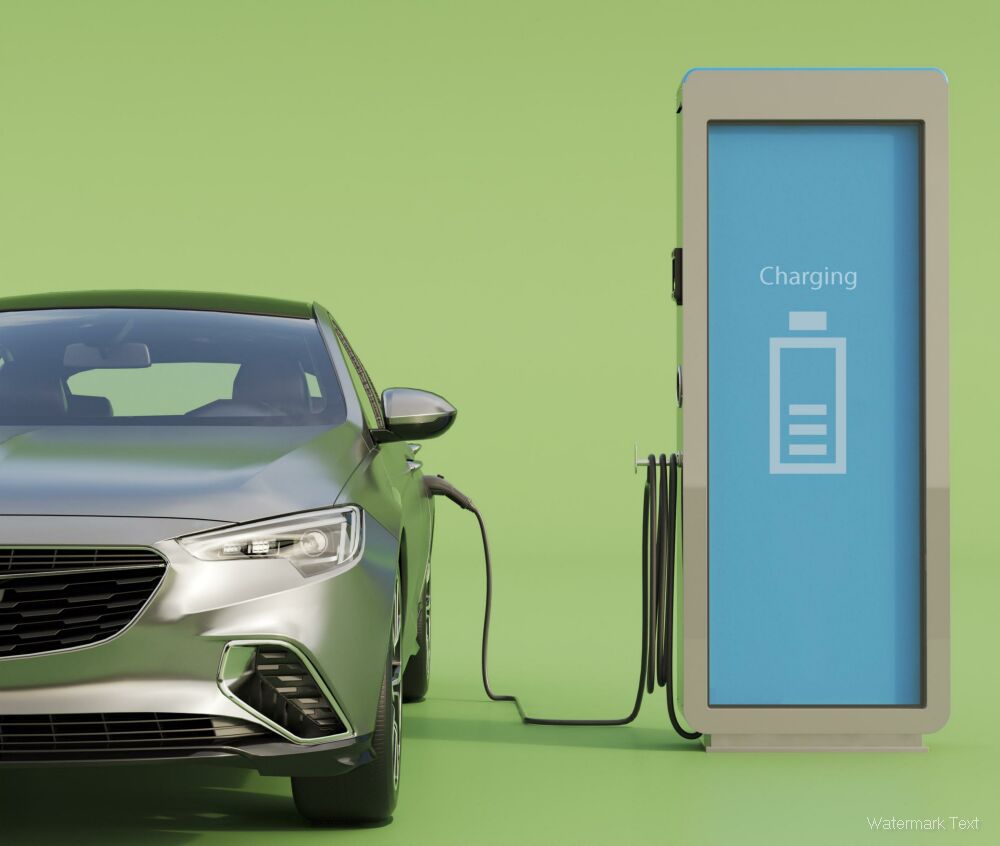The automotive industry is undergoing a revolutionary transformation, driven by the advent of self-driving cars. ?✨ These vehicles are not just a futuristic concept; they are becoming a reality that promises to reshape our roads, cities, and lives. With advancements in technology, the integration of artificial intelligence, and a growing focus on sustainability, self-driving cars are set to redefine mobility as we know it. Let’s dive into the statistics and trends that illustrate this exciting shift!

The Rise of Autonomous Vehicles
According to a report by Statista, the global autonomous vehicle market is projected to reach a staggering $557 billion by 2026. ? This growth is fueled by increasing investments in technology and infrastructure, as well as a rising demand for safer and more efficient transportation solutions.
Key Statistics on Self-Driving Cars
| Year | Global Market Size (in Billion USD) | Number of Autonomous Vehicles on the Road (in Millions) | Percentage of Consumers Interested (%) |
|---|---|---|---|
| 2020 | 54.23 | 0.5 | 60 |
| 2022 | 115.12 | 1.5 | 70 |
| 2026 | 557.00 | 10 | 85 |
As shown in the table above, the number of autonomous vehicles on the road is expected to increase significantly, reflecting a growing consumer interest in this technology. ? The percentage of consumers expressing interest in self-driving cars has risen from 60% in 2020 to an impressive 85% projected by 2026. This shift indicates a strong public acceptance of autonomous technology.
Safety and Efficiency: The Driving Forces
One of the most compelling arguments for self-driving cars is their potential to enhance road safety. According to the National Highway Traffic Safety Administration (NHTSA), approximately 94% of serious crashes are caused by human error. ? By eliminating the human factor, self-driving cars could drastically reduce the number of accidents.
Safety Statistics
| Year | Estimated Annual Road Fatalities (in Thousands) | Projected Reduction with Autonomous Vehicles (%) |
|---|---|---|
| 2020 | 38.4 | 90 |
| 2025 | 36.0 | 85 |
| 2030 | 30.0 | 75 |
The table above illustrates the potential impact of autonomous vehicles on road safety. If self-driving technology is widely adopted, we could see a reduction in annual road fatalities by up to 90% by 2030. This is a significant leap towards safer roads for everyone. ?
Economic Impact and Job Creation
While there are concerns about job displacement due to automation, the self-driving car industry is also expected to create new job opportunities. A report from the World Economic Forum estimates that the autonomous vehicle sector could generate up to 10 million jobs globally by 2030. ?
Job Market Projections
| Sector | Estimated Job Creation (in Millions) | Key Roles |
|---|---|---|
| Technology Development | 4 | Software Engineers, Data Analysts |
| Manufacturing | 3 | Robotics Technicians, Assembly Workers |
| Infrastructure & Support | 2 | Urban Planners, Traffic Management Experts |
| Maintenance & Repair | 1 | Vehicle Technicians, IT Support |
This table highlights the sectors that will benefit from the rise of self-driving cars. The technology development sector alone is expected to create around 4 million jobs, emphasizing the need for skilled professionals in software engineering and data analysis.
Environmental Benefits
Self-driving cars also promise to contribute to environmental sustainability. With the integration of electric vehicle technology, autonomous cars can significantly reduce carbon emissions. According to a study by the International Council on Clean Transportation, widespread adoption of electric self-driving vehicles could reduce greenhouse gas emissions by up to 80% by 2050. ?
Environmental Impact Statistics
| Year | Projected CO2 Emissions Reduction (in Billion Tons) | Percentage of Electric Vehicles (%) |
|---|---|---|
| 2025 | 0.5 | 20 |
| 2030 | 1.2 | 40 |
| 2050 | 3.0 | 80 |
The table above illustrates the potential reduction in CO2 emissions as electric self-driving vehicles become more prevalent. This shift not only benefits the environment but also aligns with global efforts to combat climate change.
Conclusion
The emergence of self-driving cars is not just a technological advancement; it is a paradigm shift that will impact various aspects of our lives. From enhancing safety and efficiency to creating new job opportunities and promoting environmental sustainability, the benefits are immense. As we move forward, it is crucial for stakeholders in the automotive industry to embrace this change and invest in the future of mobility.
For more insights on the future of transportation, check out this article that delves deeper into the implications of autonomous vehicles. The road ahead is exciting, and self-driving cars are leading the way! ??



